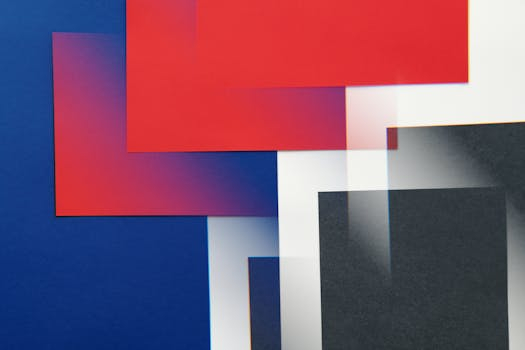Pixel Perfect: The Rise of Digital-Only Clothing Lines
With the digital age in full swing, the fashion world has undergone a major transformation. The rise of digital-only clothing lines is changing the way consumers interact with fashion, with brands embracing technology to create stunning and innovative designs. One such trend that has taken the fashion world by storm is pixel perfect clothing. These digital-only garments are pushing the boundaries of fashion, incorporating technology and unique designs to cater to the growing demand for sustainable and customizable fashion choices.
What is Pixel Perfect Clothing?
Pixel perfect clothing refers to digital-only garments that are created entirely with computer software or by using 3D printing technology. These garments are created without any physical fabric or stitching, and their designs are limited only by the creator’s imagination. The term ‘pixel perfect’ refers to the level of detail and precision that can be achieved with digital designs, allowing for intricate patterns and designs that would be impossible to create by hand.
The Advantages of Digital-Only Clothing Lines
The rise of pixel perfect clothing and other digital-only fashion lines is fueled by the numerous advantages they offer to both the consumers and the fashion industry as a whole. One of the key benefits is sustainability. With fast fashion being a major contributor to environmental damage, digital-only clothing lines offer a more eco-friendly option. These garments are created on-demand, eliminating the need for excess inventory and reducing waste.
The customization potential of pixel perfect clothing is another major advantage. Digital designs allow for endless possibilities in terms of colors, patterns, and styles, allowing consumers to create unique and personalized garments. This not only appeals to the growing trend of individuality in fashion but also reduces the chances of someone else having the same outfit.
The Growing Demand for Digital-Only Clothing
The market for digital-only clothing lines is steadily growing, with consumers showing a strong interest in this new form of fashion. The ability to customize and create one-of-a-kind garments, as well as the sustainability factor, are big draws for today’s socially and environmentally conscious consumers. Additionally, the rise of social media and influencer culture has also contributed to the demand for unique and eye-catching fashion options, making pixel perfect clothing a perfect fit for the digital age.
Innovative brands like The Fabricant, Carlings, and Tribute Brand have already made a name for themselves in the world of digital fashion with their stunning and unconventional designs. They have successfully bridged the gap between traditional fashion and technology, catering to the growing demand for sustainable and customizable fashion choices.
The Future of Digital-Only Clothing
As technology continues to advance and consumer demand for sustainable and personalized fashion increases, the future looks bright for digital-only clothing lines. This trend is also set to have a significant impact on the traditional fashion industry. With the rise of digital designs, traditional methods of garment production may eventually become obsolete, and fashion houses will have to adapt to this new way of creating and consuming fashion.
Moreover, the potential for virtual and augmented reality integration in digital fashion is another avenue that brands can explore in the future. With the ability to create and visualize clothing in a virtual space, consumers can have a more immersive and interactive shopping experience, further blurring the lines between the physical and digital world.
In Conclusion
Pixel perfect clothing and other digital-only fashion lines are revolutionizing the way we view and consume fashion. With their sustainability, customization potential, and endless possibilities for creativity, these garments are here to stay. As technology continues to advance, the possibilities for digital fashion are endless, making it an exciting time for the fashion industry and consumers alike.







